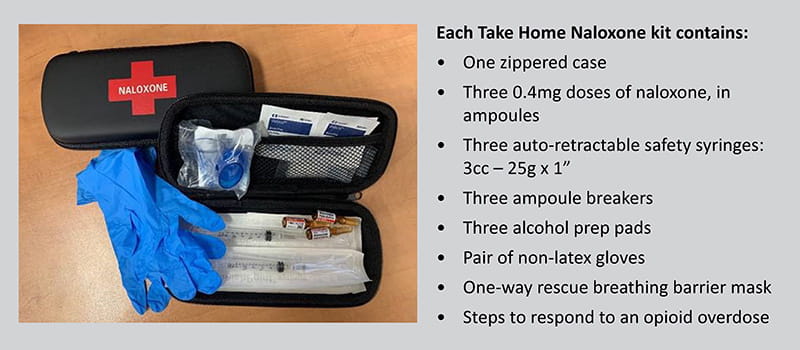In November 2018, the Government of Saskatchewan signed a bilateral agreement under the Government of Canada's Emergency Treatment Fund.
In October 2023, the Government of Saskatchewan released a new Action Plan for Mental Health and Addictions that will create 500 new addictions treatment spaces and a central intake system to make care more accessible and responsive.
The new Action Plan has three pillars of focus: building capacity for treatment, improving the system itself, and transitioning to a recovery-oriented system of care for addictions treatment.
As part of this work, a new 60-bed inpatient addictions treatment facility named EHN Willowview opened at the former Living Skies Retreat & Conference Centre near Lumsden. The facility, located about 20 minutes northwest of Regina, provides adults 18 and older with holistic, wrap-around inpatient addictions treatment for up to 16 weeks. EHN Willowview brings the total number of addictions treatment spaces that have been announced under Saskatchewan's Action Plan for Mental Health and Addictions to 264. This includes 26 post-treatment spaces at St. Joseph's Addiction Recovery Centre in Estevan, 32 intensive outpatient treatment spaces through Possibilities Recovery Centre in Saskatoon, 14 inpatient addictions treatment spaces at the Battlefords Treatment Centre in North Battleford, 15 withdrawal management spaces at Onion Lake, 40 mobile withdrawal spaces with Medavie Ambulance in Saskatoon, 20 spaces at Thorpe Recovery near Lloydminster, 15 spaces at Muskwa Lake Wellness Camp, and 42 virtual spaces through EHN Canada.
Work is also underway to implement a central intake system that patients can contact directly to refer themselves for addictions treatment services. A central intake will make the system more accessible to patients and enable care providers to better coordinate care for patients across the system and throughout patients’ care and recovery journey.
Statistics on opioid related harms in Saskatchewan
The Government of Saskatchewan continues to monitor drug related harms to inform our response activities.
Data on the number of drug toxicity deaths in Saskatchewan is available from the Saskatchewan Coroners Service.
National reports on opioid drug use and its impacts, which include data from Saskatchewan, are available from the Government of Canada.
The Canadian Institute for Health Information (CIHI) also has information related to overdose.



